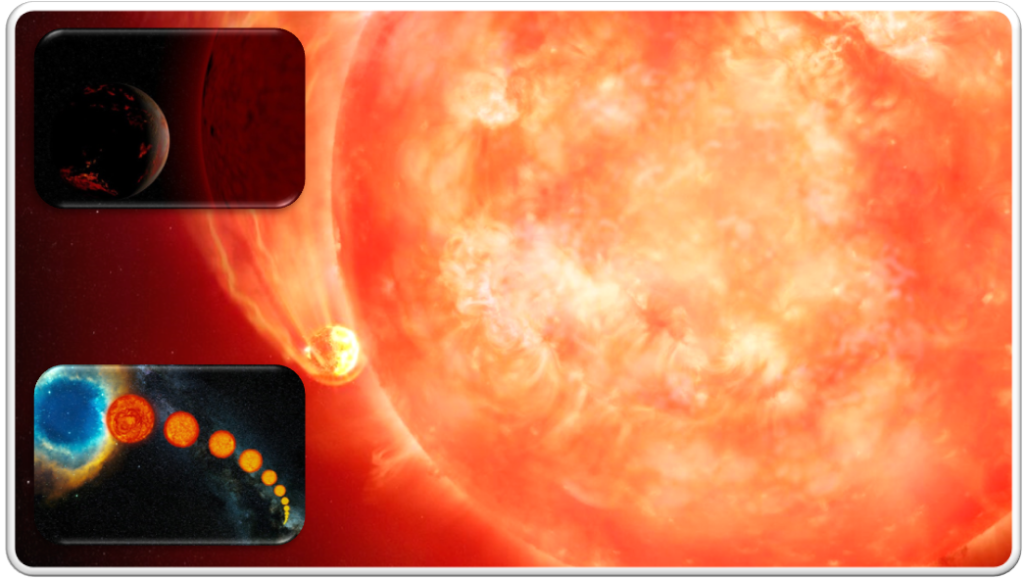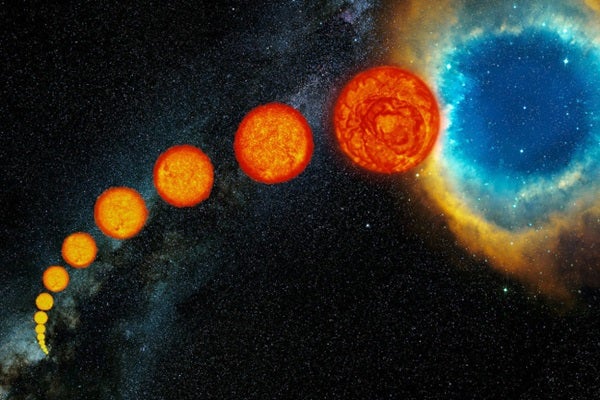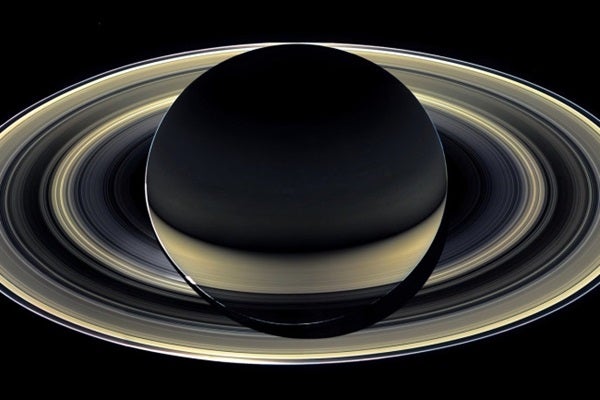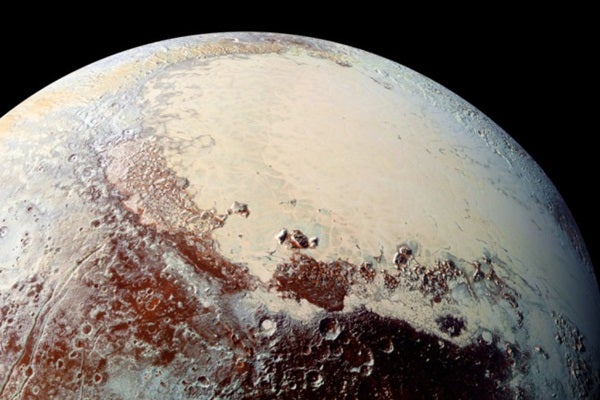What happens to the solar system if the sun dies? This could mean the end of planet Earth, but life could still find its way.

In about 5 billion years, the sun will run out of energy and radically change the solar system. The oceans will dry up. Entire planets are swallowed.And the long-frozen worlds can finally enjoy a day in the sun.
Our star is powered by nuclear fusion, converting hydrogen into helium in a process that converts mass into energy. When fuel reserves are exhausted, the sun begins to grow rapidly. Its outer layers will expand to engulf most of the solar system and become what astronomers call a red giant.

And what happens to the planets when the sun enters the red giant phase?The dissolution of the solar system is still debated among scientists. It is not yet known how far the dying sun will spread and how conditions will change. But some things seem likely.
A slow death would kill life on Earth, but could also create habitable worlds in the currently colder regions of the solar system.
Any remaining humans may find refuge on Pluto and other distant dwarf planets in the Kuiper Belt, a region beyond Neptune full of icy space rocks.As our sun expands, these worlds will suddenly experience the conditions necessary for life to develop.
These are the “delayed gratification habitable worlds,” says planetary scientist Alan Stern of the Southwest Research Institute.
“Late in the life of the Sun — in the red giant phase — the Kuiper Belt will be a metaphorical Miami Beach,” Stern says.
Let’s take a quick jaunt through our solar system in the last days of the Sun.

Mercury
Throughout the history of the solar system, the innermost planet has been burned by the Sun, but even today Mercury still clings to some patches of ice. As our star ages, it evaporates its remaining volatiles before vaporizing the entire planet in a slowed-down version of Star Wars’ Death Star.
Venus
Venus is sometimes called “Twin Earth” because its neighboring worlds are very similar in size and composition. But Venus’s hellish surface has little to do with the Goldilocks-like conditions on Earth.As the sun expands, it burns Venus’ atmosphere. Then it is also absorbed by the sun.
Earth
Although the Sun may have 5 billion years left before it runs out of fuel, life on Earth will likely be destroyed much sooner. This is because the sun is already getting brighter. Estimates suggest it could take up to a billion years for solar radiation to become too large for life on Earth.
This may seem long. But for comparison: life has existed on this planet for over 3 billion years.
And when the sun turns into a red giant, the Earth will also evaporate, perhaps just a few million years after it consumes Mercury and Venus. All rocks, fossils and remains of the creatures that live here are consumed by the growing sphere of the sun, erasing all traces of human existence on Earth.
But not all scientists agree with this interpretation.Some suspect that the sun will stop growing just before it swallows our planet whole. Other scientists have proposed plans to push Earth deeper into the solar system by slowly increasing its orbit. Fortunately for all of us, this debate is still purely academic.
Mars
Even the radiation from our young sun was too great for Mars to maintain an atmosphere capable of protecting complex life. However, recent findings have shown that water may still be lurking just beneath the surface of Mars.Mars may escape the sun’s true reach – it is on the edge – but all the water will likely disappear before the red giant takes control of the inner solar system.
The gas giant planets
As our red giant Sun devours the inner planets, some of their material is likely to be thrown deeper into the solar system, where it will be integrated into the bodies of the gas giants.

However, as we approach the edge of our star, Saturn’s beloved rings, which are made of ice, will also evaporate. The same fate will likely await today’s frozen ocean worlds, such as Jupiter’s moon Europa and Saturn’s moon Enceladus, whose thick layers of ice will merge into nothingness.
The new habitable zone?
If our sun becomes a red giant, Pluto and its Kuiper Belt cousins — along with Neptune’s moon Triton — could become the most valuable real estate in the solar system.
These worlds currently contain large amounts of water ice and complex organic matter.Some of them may even have held the oceans beneath their frozen surface, or at least did so in the distant past. However, surface temperatures on dwarf planets like Pluto generally remain inhospitable, hovering at hundreds of degrees below zero.
But before the Earth turns to ash, temperatures on Pluto will be similar to the current average temperatures on our planet.
“When the Sun becomes a red giant, temperatures on Pluto’s surface will be approximately the same as the current average temperatures on Earth’s surface,” says Stern. In a 2003 study published in the journal Astrobiology, he examined the prospects for life in the outer solar system after the sun enters the red giant phase.

Earth will be hard, but Pluto will be gentle and full of the complex organic compounds that existed when life first evolved on our planet. Stern says Pluto will likely have a dense atmosphere and a surface made of liquid water. Combined, the worlds – from comet-like space rocks to dwarf planets like Eris and Sedna – in this new habitable zone will be three times the area of the four inner solar system planets combined.
This may seem like an academic debate that only concerns our distant descendants if they are lucky enough to survive billions of years. However, as Stern notes, there are currently about 1 billion red giant stars in the Milky Way.This represents many places where living things can evolve and then die when stars consume them.






